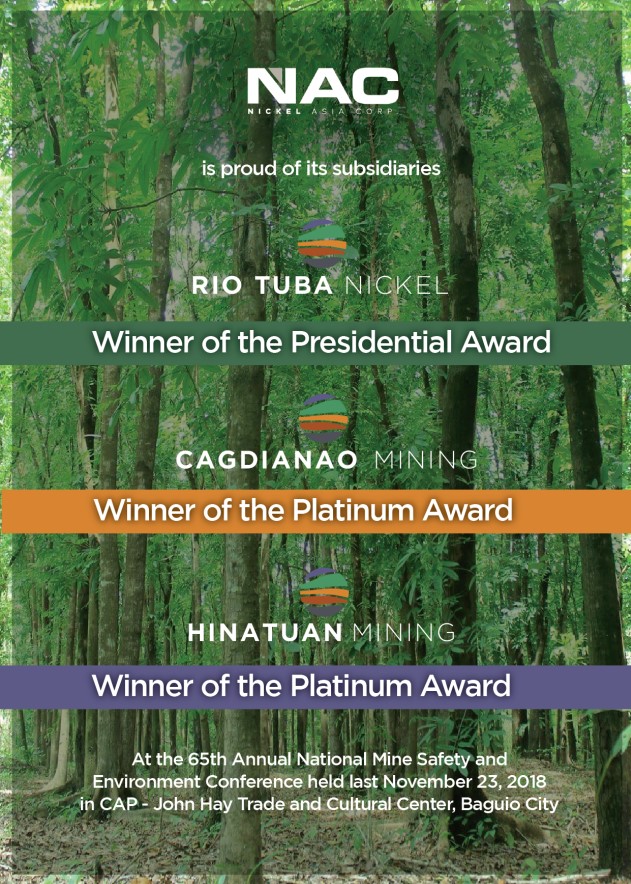Study reveals impact of climate change on Dagupan
THE Business Risk Assessment and the Management of Climate Impacts” study conducted by The World Wide Fund for Nature (WWF) and the Bank of the Philippine Islands (BPI) Foundation was presented to stakeholders in the province last week.
The study presented by Jose Ma. Lorenzo Tan, Vice- chairman of WWF-Philippines National Advisory Council, said Dagupan City has 6.91% vulnerability, a level that is considered high considering its geographical location serving as catch basin to Agno River and its grounds are below sea level.
The main threat to the city is, therefore, water or rainfall.
The score was generated from 20-year historical city-level data on climate exposure, socio-economic drivers and adaptive capacities.
“Multi-stakeholder scenario building exercises facilitated by Brain Trust looked 20 years into the future also contributed to the scores. Overall, the study looks at a 40-year timeline”, said Moncini Hinay, project manager.
Faye Concuera, executive director of BPI Foundation said the study included the local government units in the study understanding the climate impacts on their branches and the business risk assessment.
Baguio City, Dagupan City and Tacloban City recorded the highest rainfalls among the other 13 cities involved in the study.
George Chua Cham, president of the Pangasinan Chamber of Commerce and Industry Inc. confirmed the effect of flooding in the city to the business sector particularly to the Bangus (milkfish) industry.
He said the bangus production dropped by 40% from 2002 to 2010 as the producers moved out of the city due to flooding.
“School registration also slowed down as the school owners preferred to build their schools in other areas not prone to flooding”, said Chua Cham. Although, he admitted the other businesses with low risk to flooding continue to flourished in the city such as retail and personal services over the last ten years.
While city garnered high percentage in basic education, teacher-student ratio in basic education, number three in the highest functional literacy in the province and number two in terms of health services, Dagupan has critical areas with its high population, low registered business, high vehicle density, low food self-sufficiency, high electricity consumption per capita among others.
Tan encouraged the local government units (LGUs) and the private entities to work together to address the risks presented in the study.
Meanwhile, Atty. Farah Decano, city administrator said the city has been addressing the flooding problem in the city in collaboration with the Department of Public Works and Highways for river embankments and constant dredging of the river system to include cleaning of water canals around the city.
In disaster preparedness, she said Mayor Belen Fernandez made the readiness of the city down to family-based by providing trainings to barangays on disaster preparedness.”
“We must adapt to climate change and this study was made for the LGUs and the private entities within their locality so that they would consider the risks presented here and act on it according to the plan they will devise themselves, as they have full knowledge on the strategies which will be effective to their community”, said Hinay.
The study was conducted in 16 cities including Dagupan City from 2012 to 2014. (Hilda Austria)







